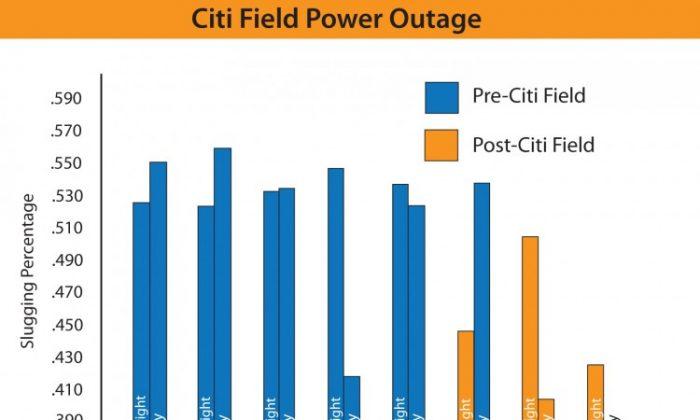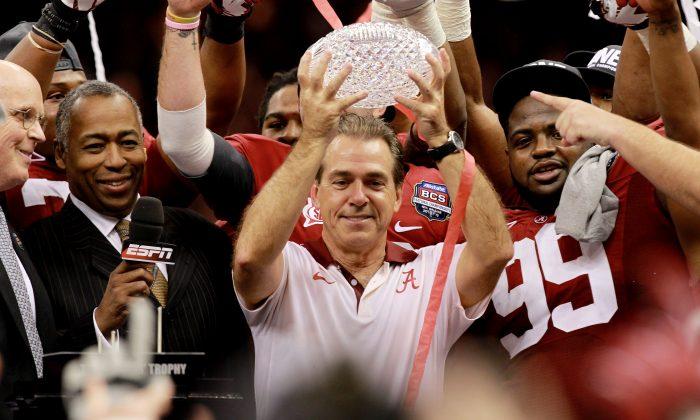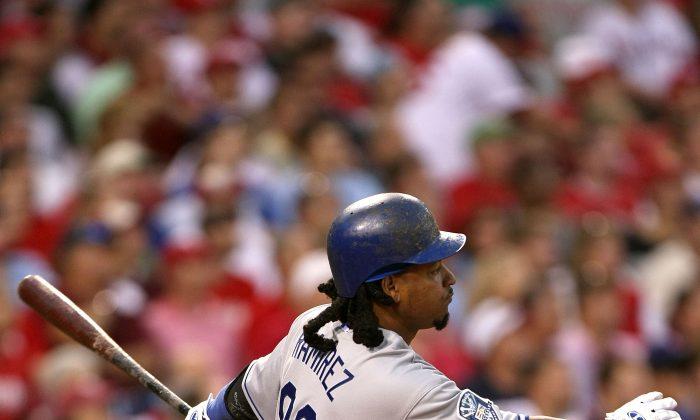The Mets were certainly thinking of Jason Bay and David Wright when they announced they were shortening the outfield dimensions by roughly 2 percent.
With the left field wall coming in and being lowered from 16 to 8 feet, right-hand power hitters may see the biggest benefit. The combo of Wright and Bay combined for just 26 home runs last year and 35 the year before, while Wright had only 10 in 2009—the first year at Citi Field.
Making matters even more dire, the pair are due to be paid $31 million next year.
In all fairness to Bay and Wright, both have been injured, though neither was slugging near what they had previously. Possible hitting adjustments to the long dimensions may have made matters worse.
Said Bay according to the Met’s website, “It’s no secret it was a big ballpark and still is by a lot of comparisons. But in theory it should help the hitters and the defense, which indirectly helps the pitching staff. And we should benefit slightly more given that we play 81 games there.”
The Mets calculated that 151 more home runs would have been hit over the previous three years under the new dimensions—81 by New York—equaling 27 per season for the home team.
Citi Field’s New Dimensions Benefit Bay, Wright
The Mets were certainly thinking of Jason Bay and David Wright when they announced they were shortening the outfield dimensions by roughly 2 percent.


By Dave Martin
11/28/2011
Updated: 11/28/2011






Friends Read Free